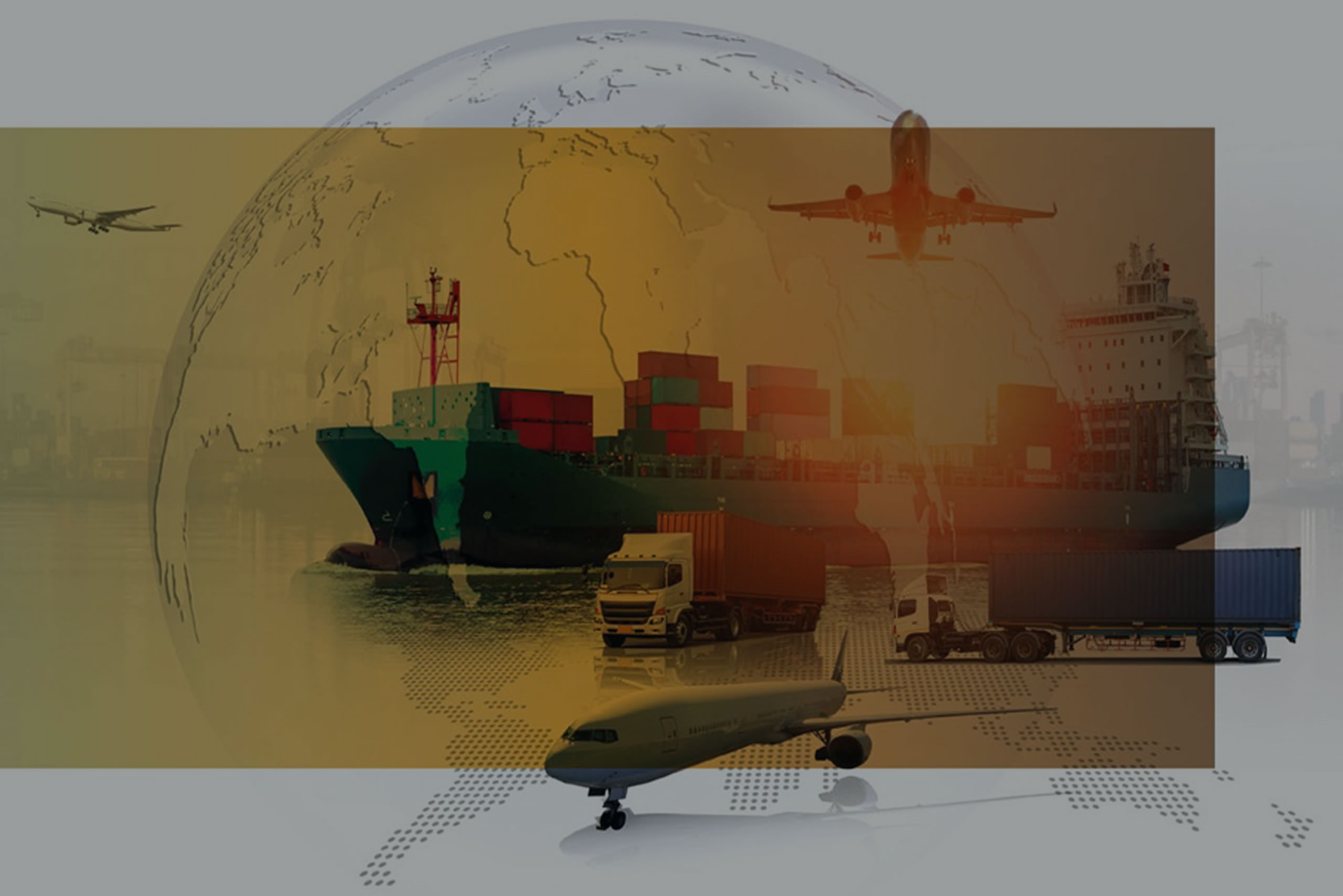An ISG conversation with…
The Pan American Health Organization
An interview with PAHO’s Pablo Alcocer Vera
On 23 April 2019 in Cucuta in Colombia, Daniel Diaz waits in his mother’s arms at a UNICEF-supported health centre for a doctor to examine his sister, who has had fever for the past three days.
Credit: UN0303654/Arcos
We caught up with Pablo Alcocer Vera, Regional Advisor in supply chain management for the Pan American Health Organization (PAHO), to find out what he considers to be the main health supply chain challenges.
Why do you think donor collaboration is important?
Donor collaboration is key: clearly we are more efficient when we work together and combine partners’ knowledge, coordination and resources in order to strengthen the pharmaceutical supply chain and those of other health technologies; these efficiencies can save lives. Aligning objectives and strategies will enhance our impact on the development of resilient health systems. And not only that, it will avoid duplications and inefficiencies and get more out of our technical cooperation activities.

It is important to understand and learn from other agencies’ points of view and best practices. At PAHO we advocate a health systems approach to tackle issues of procurement and supply chain management to increase access to quality, effective and safe pharmaceuticals and other health products.
Can you describe one recent notable supply chain success your organisation has had?
In 2019, PAHO supported Paraguay to create the System of Comprehensive Management of Supply of Medicines and Other Health Technologies, a medicines management model that ensures efficient and transparent processes in the country.
Historically, the selection, purchase, storage and distribution of medicines and medical supplies in Paraguay has lacked formal public health procedures. The new system though has modernised the provision of medicines, inputs and reagents, and the acquisition of equipment. Furthermore, the monitoring of all procured products has been strengthened to make the most of the available resources.
In 2020, PAHO in collaboration with UNAIDS developed the Multi Month Dispensing (MMD) guidelines for antiretroviral (ARV) medicines in clinically stable patients. This WHO policy will ensure ARV treatment adherence and reduce contacts with health saturated services currently overloaded with COVID-19 patients.
Also in 2020, PAHO developed the QUANTMET platform for the quantification of ARV needs, which follows the morbidity method. It also addresses complex cohort dynamics and guides the transition to the WHO recommended ARVs schemes based on dolutegravir. We are obtaining forecasting accuracies close to 100% when comparing forecasted quantities versus consumption.
Which new area of work do you think the ISG should focus on?
We’ve observed that major bottlenecks in the supply chain management of pharmaceuticals and other health technologies fall into two major areas: information systems and governance.
In Latin America and the Caribbean integrating information systems is a challenge. Countries struggle to deal with information coming from four or more different information systems and applications that often serve procurement functions, inventory management, dispensing or financial management. And often these systems do not talk to each other. The ISG could lead initiatives to overcome these issues by establishing and ensuring proper recommendations for the use of Enterprise Resource Planning software with all the modules necessary for pharmaceutical management.
Another common problem is the lack of well-defined functions and accountability for pharmaceuticals, vaccines and technology management within the health system. The connection with other health system building blocks – health financing, governance, human resources, service delivery and information systems – needs to be strengthened if we are to improve health outcomes, responsiveness, social and financial risk protection and improved efficiency.
What can you offer the ISG?
PAHO can help the ISG to understand health systems approaches for the management of pharmaceuticals and other health technologies, with a focus on patient access. Every action has an impact on other system blocks and vice versa. Sometimes though, this is not well understood but it is essential to appreciate these dynamics and challenges, and propose suitable solutions.
What are your organisation’s supply chain priorities and challenges for 2021?
PAHO has a good deal of experience in the provision of vaccines (revolving fund) and strategic health technologies, including medicines (strategic fund). But we also support member states on any issues related to procurement and supply chains, including quality issues.
More specifically, PAHO’s supply chain priority is the integration of long-lasting health programmes that have affected efficiencies in the use of scarce resources. We’re working towards technical sustainability and independence by building national capacities to manage integrated systems.
What events/activities do you have coming up?
In June the National SCM public authorities of eight priority countries are meeting, as they do every year. This year we’ll resume virtually and foresee that the impact of COVID 19 pandemic on national and international medicines and health supply chains will dominate discussions.


